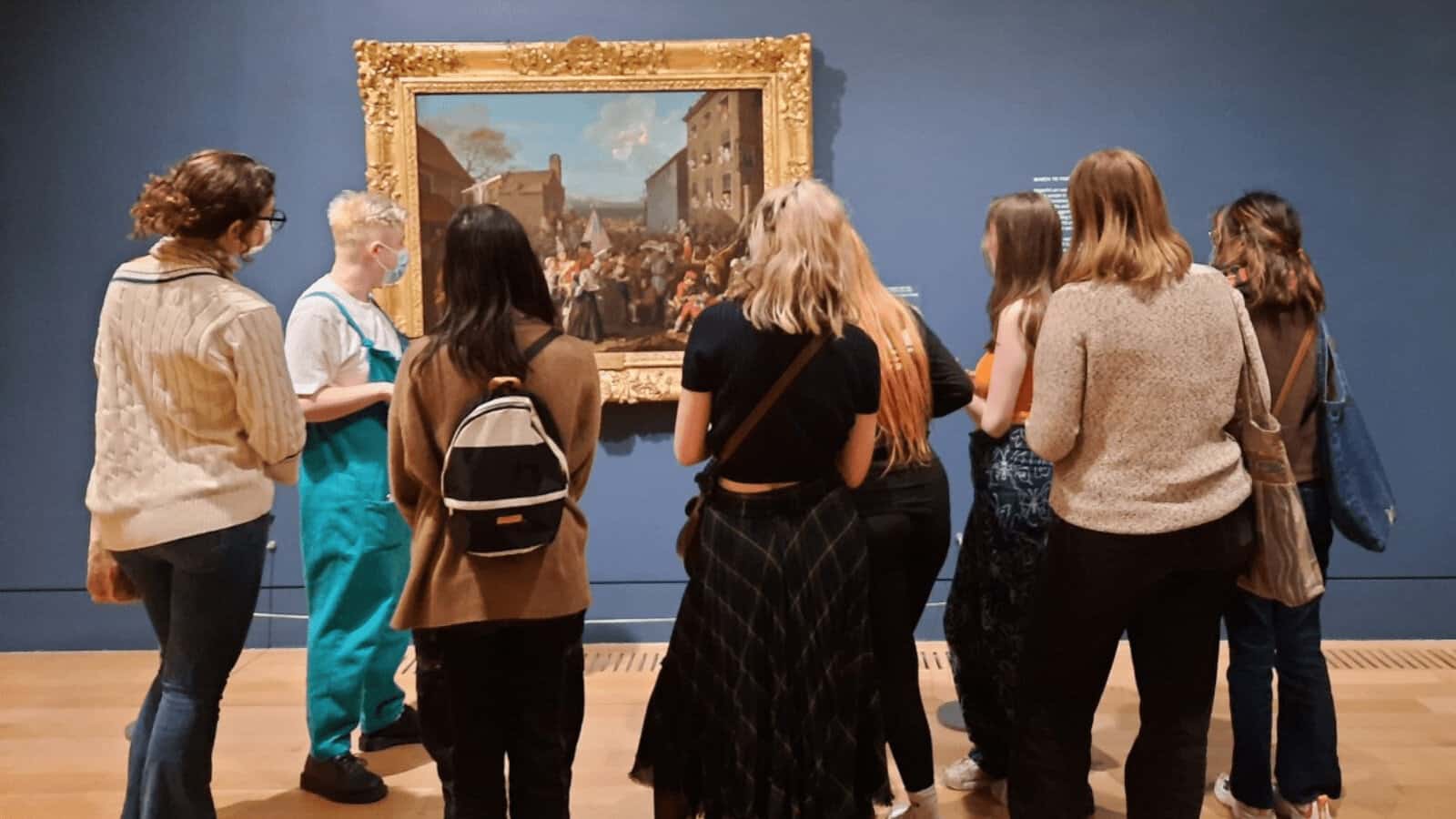│By Ava Nichols, Senior Gale Ambassador at the University of Aberdeen│
Following the passing of the longest reigning monarch in British history, the nation mourns the tragic loss of Queen Elizabeth II. I thought it was an apt time to reflect on some of the monumental accomplishments achieved during her reign. When Queen Elizabeth II was crowned in 1952, Her Majesty’s youthful ambition offered a sense of hope for change and progress for the British public. Reigning during the twentieth and twenty first centuries, the Queen made historical changes within the establishment, such as embracing technology. Through Gale Primary Sources, I researched The Times Digital Archive and the Daily Mail Historical Archive in order to gain a greater understanding of the modernisation of the monarchy. These digital collections offer a vast range of newspaper articles and publications from the twentieth century, increasing access to history and the potential for research within these collections around the globe.










